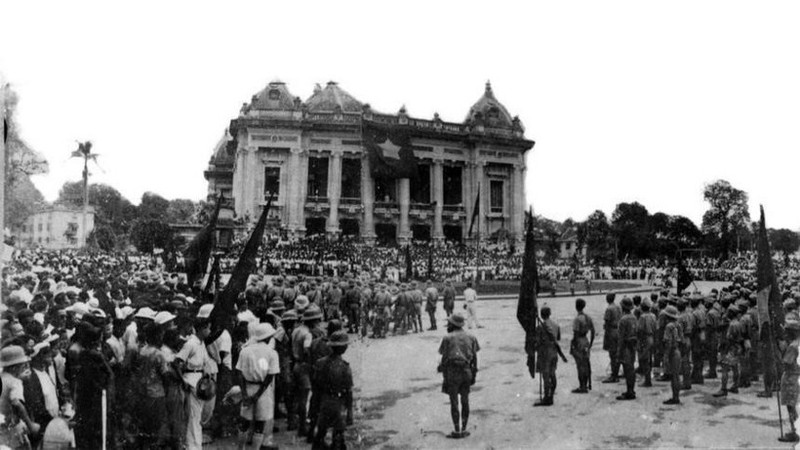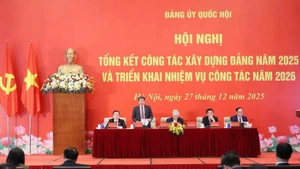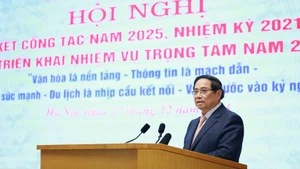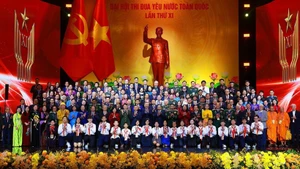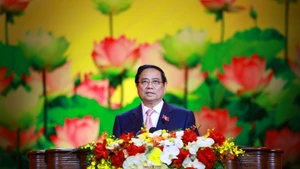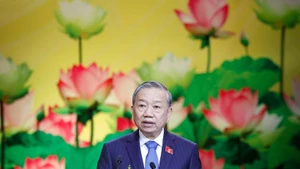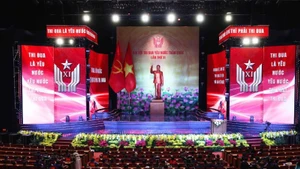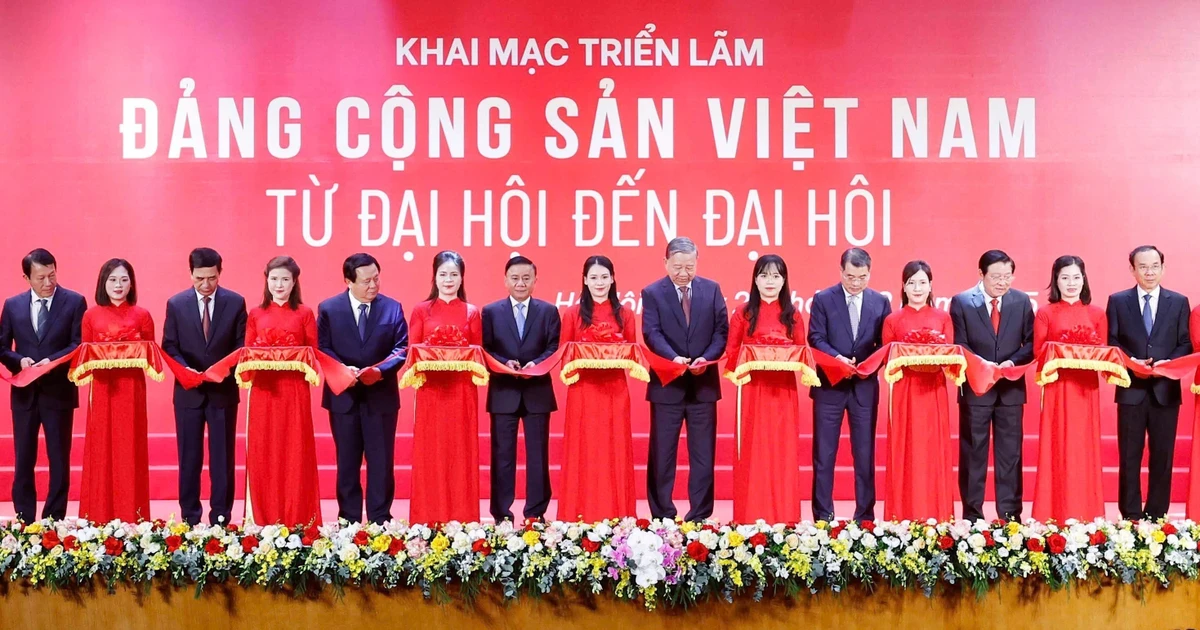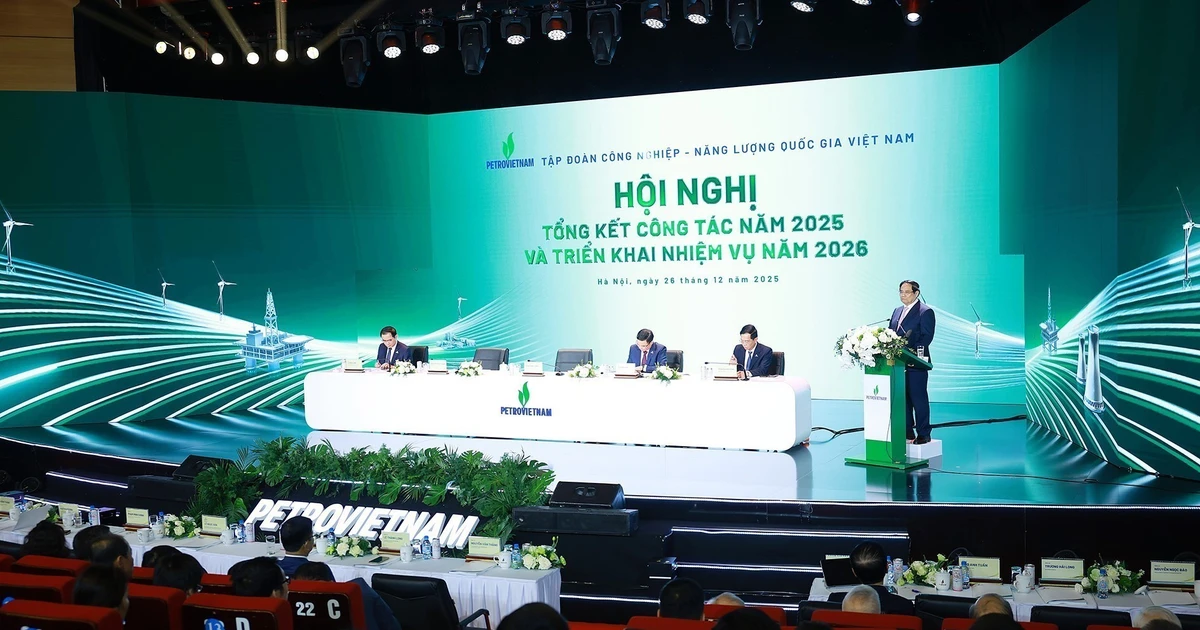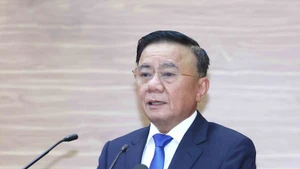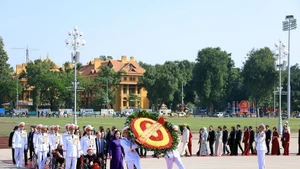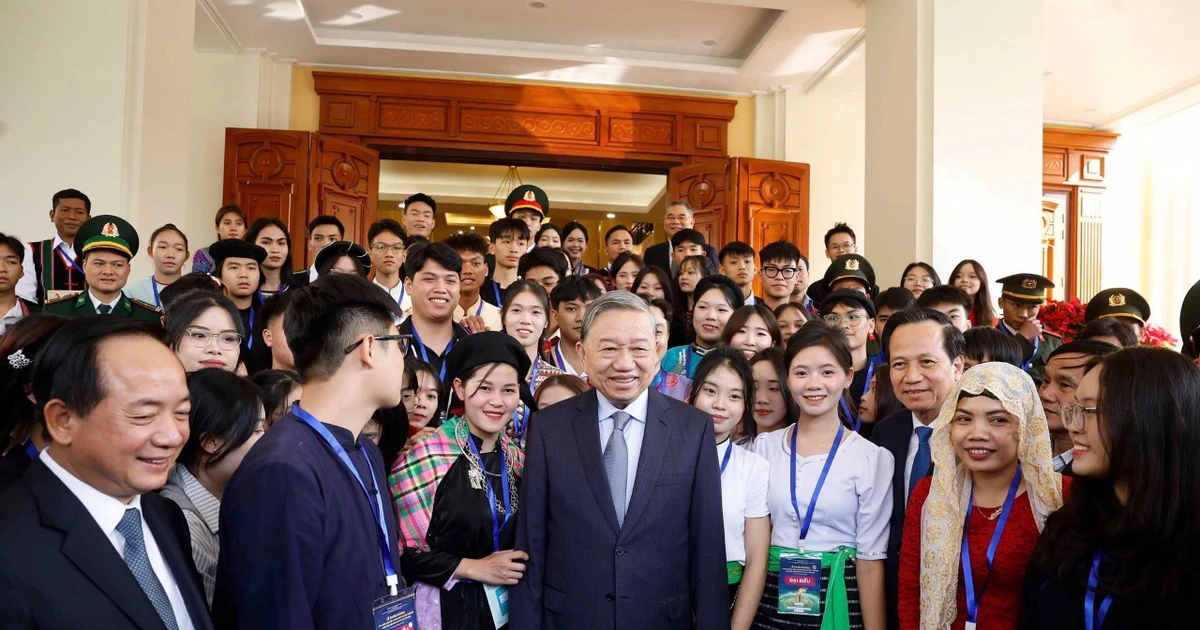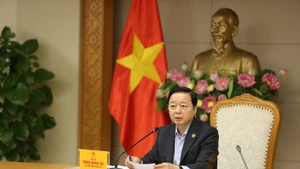Following the National Party Conference, the Party issued an Appeal to the whole people, revolutionary organisations, and communist party members.
The Appeal read:
“Compatriots!
Revolutionary organisations!
Communist comrades!
Japanese fascists have collapsed alongside the German fascists. The Japanese army is disintegrating and being disarmed on every front. The Allied forces are about to march into Indochina. The decisive moment for action has arrived.
Compatriots and national salvation organisations, under the command of the National Liberation Committee, the Insurrection Committee together with the liberation army and self-defence team rise to attack district, city, and province capitals and seize the Japanese invader’s weapons.
Comrades must be clear-sighted in leadership and resolute in sacrifice in the struggle to win independence for the Fatherland, to be worthy of being the vanguard army of the nation.
The hour of insurrection has struck, the glorious day of the Fatherland has come.
Fight! Fight! Fight!
Victory shall be ours.” (1)
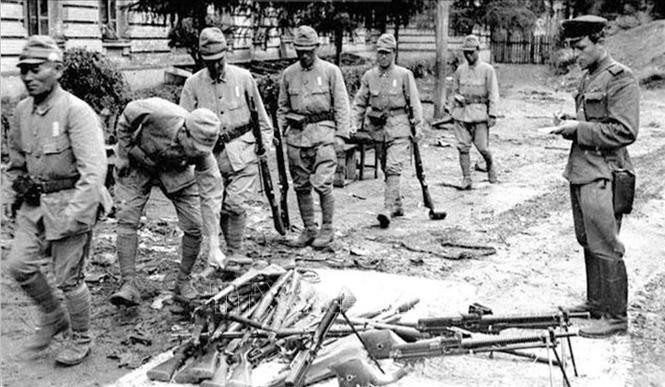
In the North, upon receiving news of Japan’s unconditional surrender to the Allies, the Northern Regional Committee convened a meeting in Ha Dong. With urgency and boldness, although no uprising order had yet been received from the Central Committee and the Japanese attitude was not fully understood, but based on the spirit of the historic Directive “When Japan and France fight each other and our action” (March 12, 1945) of the Standing Committee of the Party Central Committee, based on the situation in its assigned areas, the Northern Regional Committee decided: “The time has come, we cannot sit idly to wait,” and issued an order to carry out uprisings in the provinces under its control in the manner of: “Expanding the insurrection to seize power of districts and communes then into towns and cities.”
The uprising order by the Northern Regional Committee was urgently transmitted to localities.
In Ha Noi, that evening, a member of the Northern Regional Committee assigned to lead the insurrection in Ha Noi immediately carried the uprising order into the city. At the same time, the Northern Regional Committee established the Ha Noi Revolutionary Military Committee to actively prepare for the uprising.
According to the Northern Regional Committee’s directive, the Ha Noi Party Committee convened an extraordinary conference at Ha Pagoda (Dich Vong, Tu Liem, Ha Noi) to review forces and discuss urgent tasks required to launch the insurrection.
In provinces, although no orders from higher levels had been received, favourable conditions allowed the Party Committees and Viet Minh organisations of Bac Giang, Hai Duong, Ha Tinh, Quang Nam, and My Tho to launch uprisings and lead people to successfully seize power in their provincial capitals.
In Bac Giang, Hai Duong, and Ha Tinh provinces, uprisings began at commune and district level, then moving upwards to the provincial level, before continuing to the remaining communes and districts.
In Quang Nam and My Tho, the insurrections started in the provincial capitals before spreading into the districts and communes. The method of uprising in these provinces was a close combination of political and armed forces, in which political forces played the decisive role, while armed forces acted as the spearhead and support.
In Bac Giang, Quang Nam, and My Tho, the uprisings mobilised forces from districts and communes into the towns and provincial capitals, joining with local forces to seize power.
In Hai Duong and Ha Tinh provinces, due to favourable conditions, the leaders of the insurrection promptly seized the opportunity, mobilised people in the town and provincial capitals to seize power without waiting for coordination of forces from rural areas.
In Hue, recognising the importance of Hue as the fortress of the puppet feudal state, the Party Central Committee and the Thua Thien Provincial Party Committee urgently pushed forward preparations to ensure the uprising there would succeed.
The Thua Thien Provincial Committee immediately convened a cadre conference across the province, deciding to mobilise people to rise up and seize power, initiating uprisings in the disricts first to support the uprisings in Hue City.
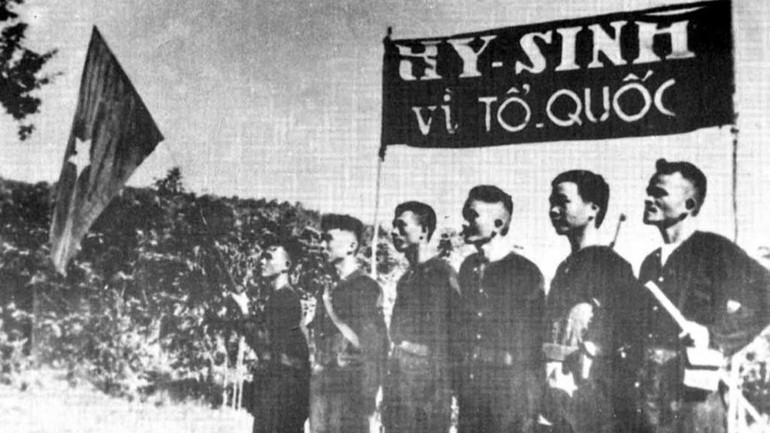
In Quang Ngai, almost all villages and hamlets along National Highway No. 1 from Binh De Pass (Duc Pho) to Soi Slope (Binh Son), Ly Son Island, and Ba To District rose up and seized power successfully. At night, the National Salvation Self-Defence Team and the people, in coordination with the National Salvation Patients’ branch, attacked green loincloth soldier's stations and red loincloth soldier's stations, seized guns, ammunition, military uniforms, and supplies, and asked the garrison commander to hand over keys, weapons, documents, and seals of the puppet military command. At the same night, the insurgents captured and confiscated all files and records of the Secret Service Office.
In the South, upon hearing of Japan’s surrender to the Allies, although no order for insurrection had been received from the Central Committee, the Southern Regional Committee (Tien Phong) immediately established an Uprising Committee, comprising comrades Tran Van Giau (Chairman), Huynh Van Tieng, Nguyen Van Tran, and others.
(1) Communist Party of Vietnam, Complete Party Documents, National Political Publishing House, Hanoi, 2000, vol. 7, p. 416.
